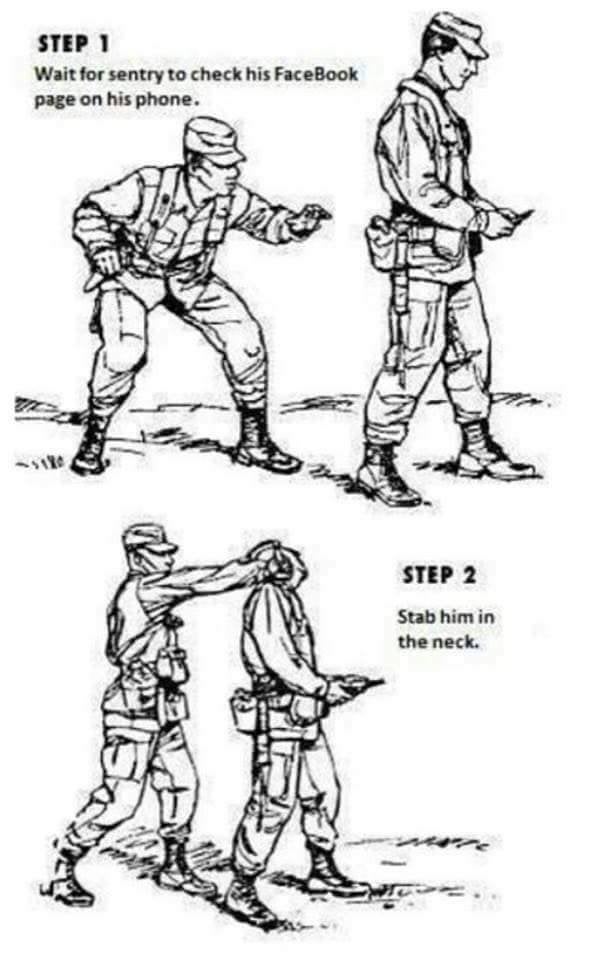Bleeding From The Neck
Published .

The external jugular vein, located in the anterior and lateral neck, receives blood from the deeper parts of the face as well as the scalp — the external jugular vein forms from the combination of the posterior auricular and retromandibular vein. The external jugular vein starts in the parotid at the level of the angle of the mandible and runs vertically down the neck along the posterior border of the sternocleidomastoid muscle. At its distal end, the external jugular vein perforates the deep neck fascia and terminates in the subclavian vein.
Normally, the mean venous pressure falls during passive inspiration as phasic flow of blood occurs in the superior vena cava and the right ventricle accommodates this increased venous return. Since the mean venous pressure rises and falls associated with respiration, a bleeding jugular vein may draw air into the vascular system resulting in a massive air embolism.
Pulmonary Embolism From Bleeding Wound To the Neck
Venous air embolism is a catastrophic complication that can result in sudden cardiac arrest and death. Massive air embolism has been reported with central venous catheter through the internal jugular and subclavian veins. The external jugular vein is a potential site of an air embolism to cardiac chambers and subsequently to vital organs such as brain, heart and lungs.
Occlusive Dressing

To prevent air from being sucked into the exposed jugular vein, the medics should apply an occlusive dressing. Very often these wounds will bleed profusely, making the application of a air tight dressing impossible. Until the bleeding is controlled, the medics should apply direct pressure with a gloved hand in the same manner they would immediately upon finding a pneumothorax.
